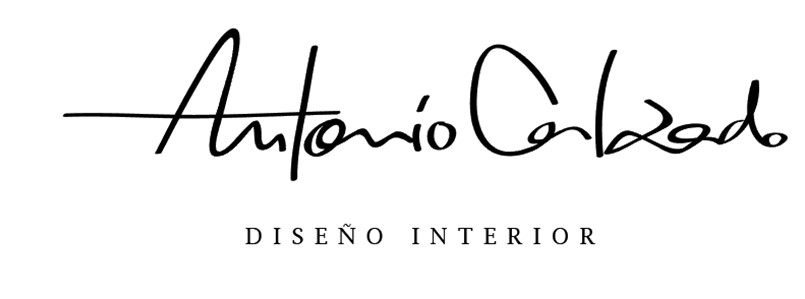When it comes to creating impactful and memorable spaces, one of the most powerful aspects to consider is color psychology. The tones we choose for our walls, furniture and accessories can have a significant impact on our mood, emotions and perception of space. In this blog post, we talk about the world of color psychology in decoration and how you can harness its power when designing interiors for restaurants, homes, hotels, etc.
Below we will show you some of our favorites. In this way you will also find the meaning of why the presence of these colors in most of our projects.

Tonos blancos y crudos: Psicología del color, pureza y Claridad
These tones mean purity, clarity and full light. They are usually associated with cleanliness and simplicity. They can help very positively to create a feeling of space and an openness in the environment that works as a trompe l'oeil or visual optical illusion. In Interior Design, soft and raw tones are a good and popular choice for small or poorly lit spaces, as they reflect light and can make a space feel larger, fresher and airier.
Brown: Earth and Environmental Stability
Brown is the color of the earth and nature, and is associated with stability, security, and connection to the earth. It can be used to create a feeling of warmth and comfort in a space, especially when combined with natural textures such as wood or wicker. In interior design, brown is a popular choice for living spaces and bedrooms, where you want to create a cozy and relaxing atmosphere.
Although many think so, brown tones do not have to go hand in hand with rustic or classic style... in our studio we adapt this color palette to all styles, including minimalist and contemporary.
Green: Nature and Freshness
We usually implement various types of greens in our projects, whether in vegetation or olive or sage green tones in a decorative detail or piece of furniture.
Green is the color of freshness, renewal and growth. It is associated with nature and vitality, and can help create a feeling of harmony and balance in a space. In interior design, green can be used to create a sense of connection with nature, whether through potted plants, botanical-patterned wallpaper, or paint tones inspired by the outdoor landscape.
Terracota: Psicología del color , Calidez y Tonalidades Naturales
The terracotta color is one of our favorite colors since even though it is a strong and bold color, it still has to do with nature and natural finishes. Terracotta is a warm color reminiscent of the earth and the sun. It is associated with warmth, comfort and hospitality, and can help create a welcoming atmosphere in a space. In interior design, terracotta can be used in the form of tiles, textiles or decorative accents to add a touch of color and character to a space, especially in areas where you are looking to create a feeling of home and welcome.
Black: Elegance, luxury and exclusivity.
Black is the color of elegance, mystery and power. It is associated with sophistication and luxury, and can add a touch of drama and glamor to a space. In interior design, black can be used to create bold and dramatic focal points, or to add a touch of contrast and depth to a space.
Find the color palette that best suits your tastes and needs. Keep in mind what you are going to use each space for and that will help you with the selection of colors. If you think we can execute your project, get in touch with us and we will have a first contact, we will be happy to assist you. You can also follow us on Instagram and stay up to date with all our projects and news from the studio.
Until the next entry!


